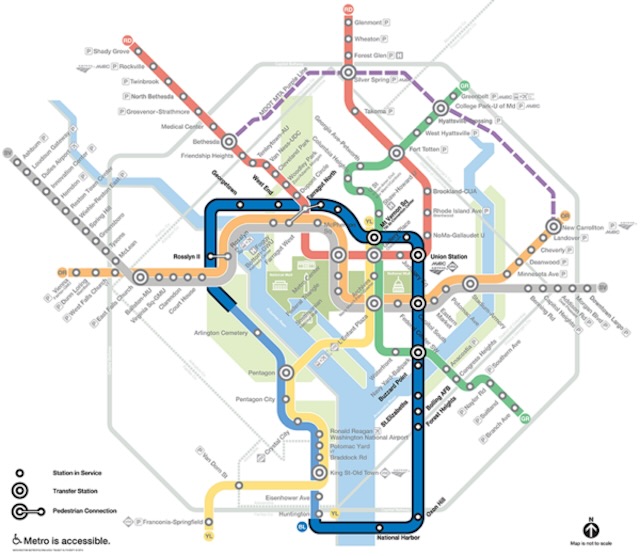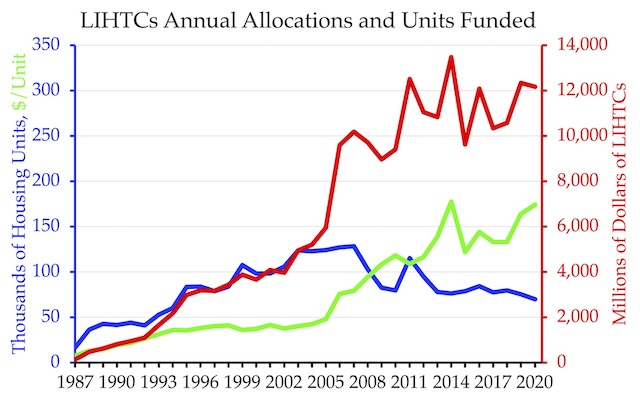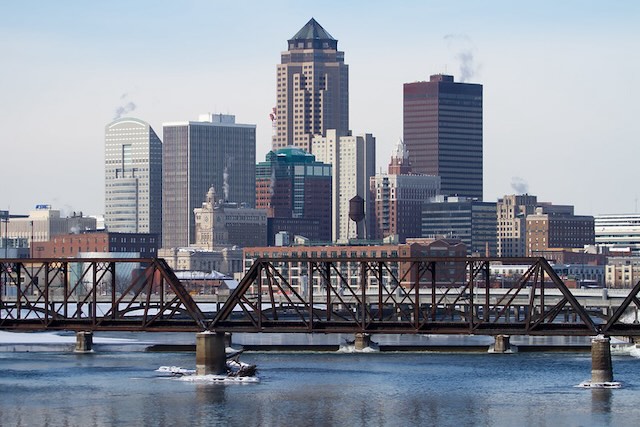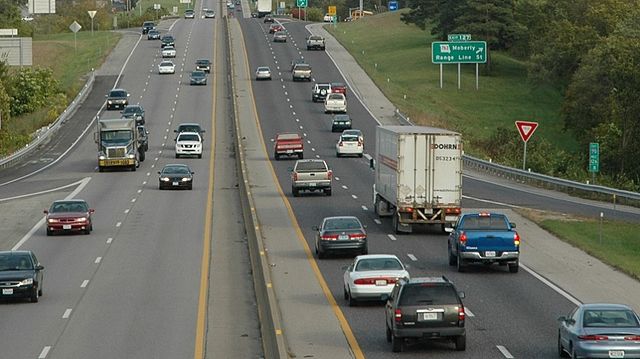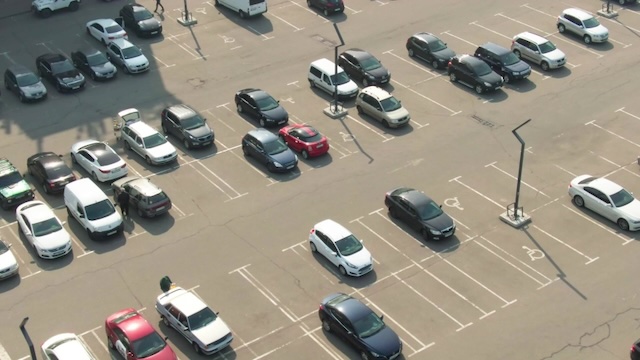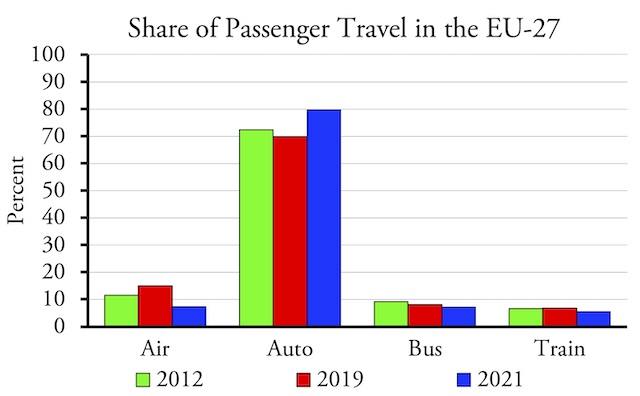The Antiplanner was first alerted to a tweet about South Korea’s low birth rate from Marginal Revolution, a blog from George Mason economists Tyler Cowen and Alex Tabarrok. Being from George Mason, they lean libertarian, but haven’t learned enough about housing economics to realize that YIMBYism isn’t about housing affordability or property rights but about forcing more Americans to live in multi-family housing.
The ideal American city under YIMBYism. Photo of Seoul by Gerhard Huber.
So I appreciated it when Cowen mentioned my post on birth rates and high-rise housing in Marginal Revolution. They get a lot more readers than this blog, so it led to lots of comments. Continue reading


